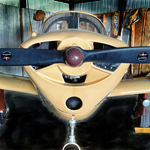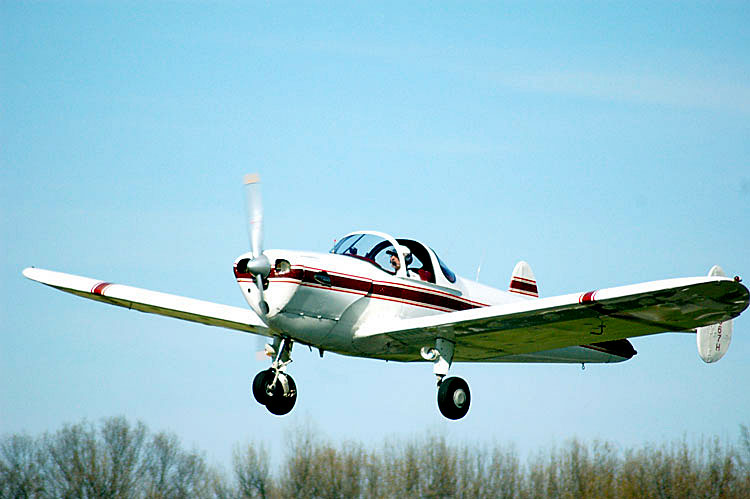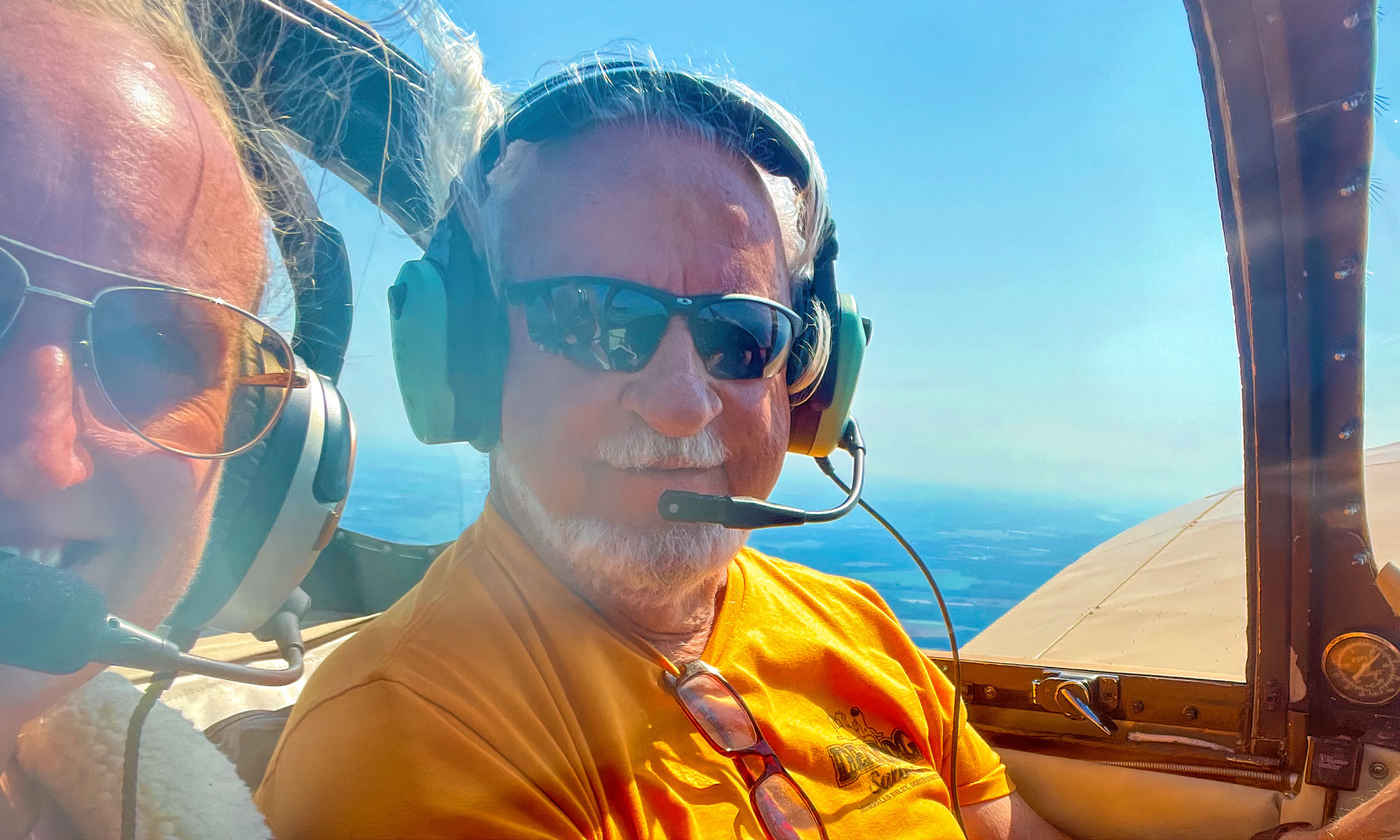Here’s a brief introduction to this unique aircraft.
Ah, the Ercoupe! It’s a fascinating piece of aviation history. The Ercoupe is a low-wing monoplane that was designed in the 1930s by Fred Weick, an innovative aeronautical engineer. It’s unique for several reasons, including its distinctive, no-rudder control system. This feature makes it one of the easiest planes to fly, especially for new pilots.
Key highlights about the Ercoupe:

- Safety: Designed with safety in mind, the Ercoupe was intended to be “spin-proof” to prevent accidental spins.
- Design: It has a unique twin-tail design and a tricycle landing gear, which is less common among planes of its era.
- Ease of Use: The no-rudder system means that the plane is controlled by a yoke alone, simplifying the flying process.
- Historical Significance: First produced in 1939, it became quite popular post-World War II. In fact, in 1946, it was reported that the Ercoupe accounted for about 25% of all light aircraft sales in the US.

After its initial success, the Ercoupe continued to evolve and adapt to changing times and needs. Here are some key points about its evolution:
- Post-War Boom: Following World War II, there was a surge in demand for private aircraft, and the Ercoupe became very popular. Its ease of use made it an ideal choice for many new pilots.
- Unique Pilot Certification: Due to its unique control system, the Civil Aviation Authority (CAA), predecessor to the Federal Aviation Administration (FAA), created a special pilot certificate for Ercoupe pilots. This certificate was limited to those who had not used rudder pedals, as the Ercoupe did not have them.
- Decline and Legacy: Despite its early popularity, the Ercoupe eventually faced competition from other aircraft and (mostly) changing market conditions. Production slowed down, and by the early 1950s, it was no longer in mass production. However, the Ercoupe left a lasting legacy in aviation history as a pioneer in making flying accessible to more people.
- Modern Day: Today, the Ercoupe is still appreciated by aviation enthusiasts and collectors. It’s often showcased in airshows and aviation museums, and some are still flown by private owners.
The Ercoupe’s journey from a post-war sensation to a beloved classic is a testament to its innovative design and lasting impact on aviation.
Is there anything specific you’d like to know more about regarding the Ercoupe? (Leave a question in the comments area.)
Whether you’re a flying enthusiast or a history buff, the Ercoupe has a lot to offer in terms of both innovation and accessibility in aviation. If you ever have the chance to see one up close, it’s definitely worthwhile – even more so if you have a chance to fly in one.
